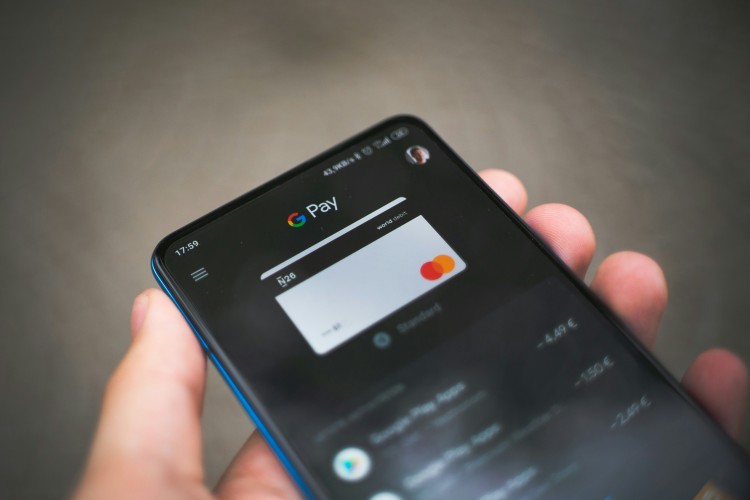
Fintech companies have raised the issue of monetising Unified Payments Interface transactions through a merchant discount rate during an open house session with Finance Minister Nirmala Sitharaman. As companies currently do not generate revenue from UPI transactions, which are free, there has been a longstanding demand within the fintech industry to introduce MDR to ensure their financial sustainability. In the absence of a viable income generation method, companies have been compelled to seek alternative sources of income, such as offering insurance and loans.
Last year, the Reserve Bank of India proposed a tiered MDR structure, which the industry advocated as ‘market-driven, fair’ charges. However, this proposal was put on the back burner. Fintech players are now calling for a solution akin to card-based MDR structures, arguing that a clear business model for UPI is essential to attract investment and sustain growth. This would significantly incentivise investment in payment infrastructure.
READ | WTO ministerial: India flexes muscles amid stalemate on e-commerce
This discussion emerges as the transactions via Unified Payments Interface reach record highs, underscoring the sector’s importance and the ongoing debate around its monetisation. In January, UPI transactions achieved a new peak, reaching Rs 18.41 trillion, a slight increase from Rs 18.23 trillion in December. The fintech industry contends that as UPI remains free, the growth of this payment behemoth is currently driven by foreign players with deep pockets, a scenario domestic players are reluctant to emulate due to the high costs involved.
UPI: Key to financial inclusion
UPI has revolutionised India’s digital payment ecosystem since its launch in 2016. The volume of digital transactions in India has surged phenomenally, making India a global leader in instant payments. A major goal of pioneering a digital payments ecosystem was to promote a cashless economy and financial inclusion. UPI has been incredibly successful in democratising access to financial services for anyone with a mobile phone linked to their bank account. With digital payment volumes in India tripling those of its nearest competitor, China, approximately two-thirds of all digital payments in India are made through UPI.
The fintech industry’s demand for MDR charges has met with strong opposition, primarily because the current free access to digital transactions is seen as a major advantage of the platform, and introducing charges could potentially undermine its widespread adoption and the goals of financial inclusion.
In 2022, the finance minister stated that UPI is a digital public good and is likely to remain free of charge. While the definition of digital public goods varies from country to country, it generally includes services like national security, defense, education, healthcare, and public infrastructure. These services, catering to people from all walks of life, are perceived as essential and, thus, should be offered at no cost, though they are indirectly funded through taxes.
As for UPI, expert opinion is divided on whether it should be considered a digital public good. They argue that while UPI is pivotal to the formalisation and digitisation of the economy, it is not a panacea. Broader user adoption across all transaction sizes and income levels necessitates incentivizing all stakeholders within the UPI ecosystem. Otherwise, they may refrain from upgrading the infrastructure, potentially jeopardizing the reliability of digital payments. Without MDR charges, the payments industry is dissatisfied with the current regime, as the costs of infrastructure investment and system upgrades are not recouped. As UPI usage increases, the gap between operational costs and budgetary support widens.
Perhaps this explains the high transaction failure rates and increasing payment rejections within the UPI ecosystem. Technical issues are indeed an ongoing challenge. Implementing a pricing mechanism could offer a solution.
READ | UPI is India’s ticket to fintech power; it should remain free
The Indian government introduced a zero-charge regime to foster UPI adoption, a goal that has been successfully achieved. Now, it is an opportune time to evaluate the sustainability of this model. According to RBI estimates, network enablers, including banks, payment intermediaries, and the National Payments Corporation of India (NPCI) itself, incur costs of approximately Rs two for every Rs 800 spent by an online shopper via UPI. All parties involved in maintaining the UPI network thus bear expenses. Expert committees led by Ratan Watal and Nandan Nilekani have recommended that MDR should be market-driven to facilitate ecosystem growth. The Parliamentary Standing Committee on Finance also recently highlighted the need to reconsider the current practice of not charging fees.
To encourage the broader use of UPI across all transaction sizes and income groups, the government could consider implementing a tiered system for merchant discount rates (MDR). For example, minimal charges could initially be applied only to transactions exceeding Rs 2,000, further restricted to specific categories such as mutual funds, fuel, and debt collection.
This strategy would protect small businesses from disincentives to offer UPI by exempting smaller transactions, aligning with the government’s ‘ease of living’ objectives. Simultaneously, differentiated charges for larger transactions would enable service providers to recover costs and invest in service quality improvements.

